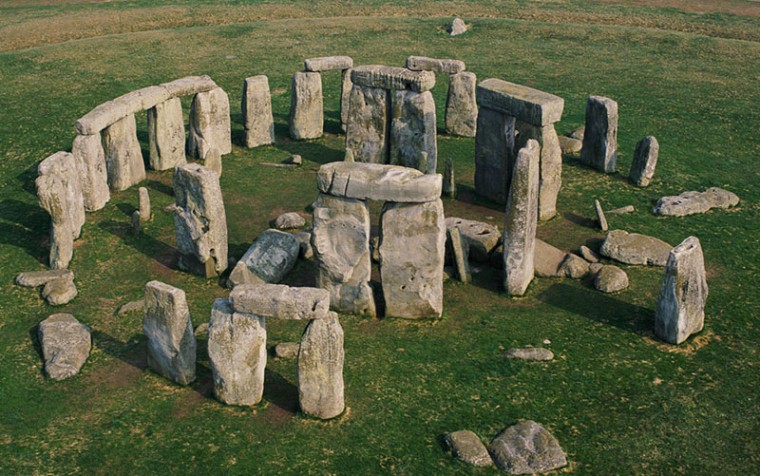TNO, “Major New Find at Stonehenge”, 24 Nov 2016:
A major new archaeological find of causewayed enclosures and artifacts near Britain’s famous Stonehenge site is about to “rewrite” the history of the area and of northwestern Europe’s early inhabited history.
Built 5,650 years ago—more than 1,000 years before Stonehenge—one of the enclosures appears to have been a major ceremonial gathering place.
The major enclosure’s precise original function remains a mystery, but the scant available evidence suggests that it was used for a mixture of ceremonial, religious, political, and mortuary roles.

According to a press release issued by a construction consultancy company involved with an unrelated new building project at the site, archaeologists have “discovered important new sites that rewrite the Stonehenge landscape” and which “predate the construction of Stonehenge itself.”
The remains, found at Larkhill and Bulford, were unearthed during excavations ahead of the construction of new British Army family accommodation.
About 70 enclosures of the type found are known across England and Europe, the press release continued.
The structure is one of the “earliest built structures in the British landscape,” and was used “for temporary settlement, as ceremonial gathering places, to manage and exchange animals, including the first domesticated cattle and sheep and for ritual activity.”
The Larkhill enclosure has produced freshly broken pottery, dumps of worked flint and even a large stone saddle quern used to turn grain into flour. The Neolithic period saw the first use of domesticated crops and this find provides evidence of this.
The Greater Cursus, an earthwork nearly 1.8 miles in length, is the longest structure. It connects and divides parts of the landscape, and separates the Larkhill causewayed enclosure from the place that became Stonehenge.
“The people who built the causewayed enclosure are the ancestors of the builders of Stonehenge and were shaping the landscape into which the stone circle was placed,” the press release continued.
“Their work shows that this was a special landscape even before Stonehenge was constructed. People were already living and working within what we now call the Stonehenge landscape and they were building the structures that would culminate in the Stonehenge complex of stones and earthworks.
“The Larkhill site shows that they had the social organization necessary to come together to build significant earthworks and the resources to support the work, as well as the people to carry it out. The offerings in the ditches also show the rich religious life they had created.”
So far, archaeologists from Wiltshire-based Wessex Archaeology have excavated around 100 m. of ditch, probably representing around 17 percent of the monument’s outer circuit. That investigation has already enabled them to get a sense of some of the rituals that were carried out there.

Antlers and a quern recovered at the site.

Pottery shards and arrowheads recovered at the site.
